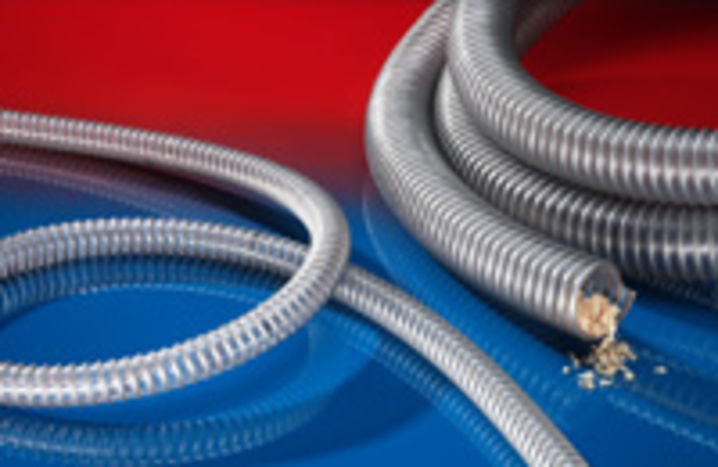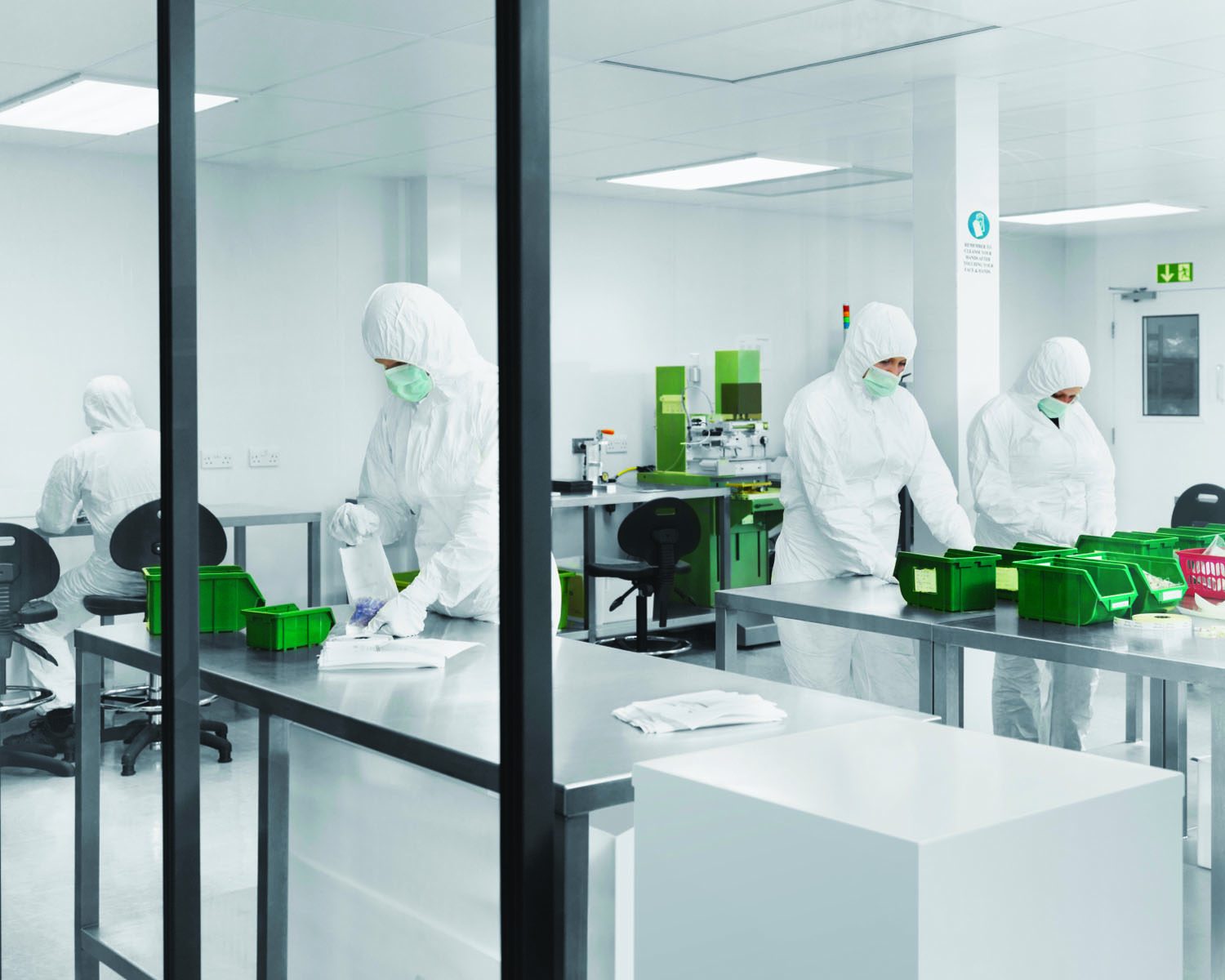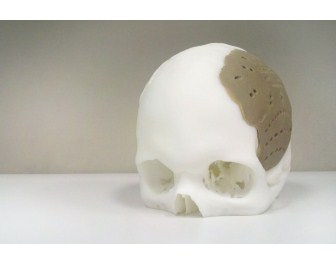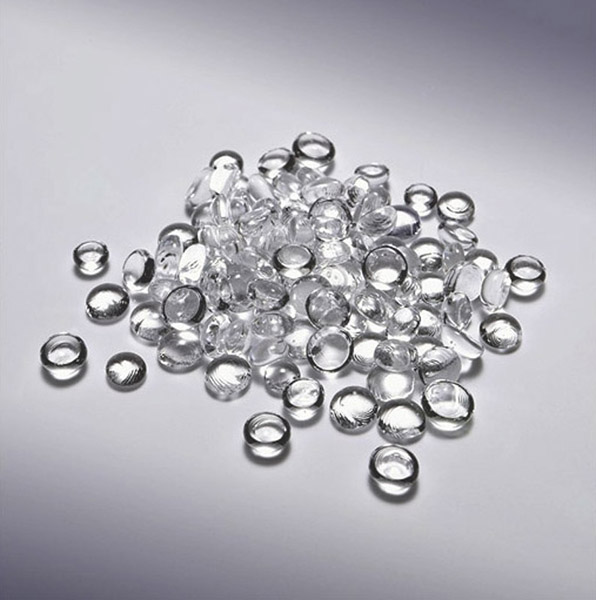Flying around the world – safely
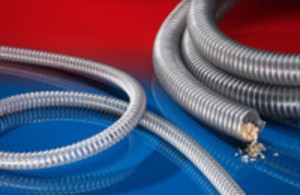
Leverkusen – Floor coverings used in long-range airliners must meet a wide range of strict requirements, including for safety reasons. This naturally applies in particular to products that need to be fitted in aircraft galleys. With their new Duroflex and Durofloor floor coverings, engineers from the highly renowned rubber experts Metzeler Technical Rubber Systems GmbH, based in Edingen-Neckarhausen in Germany and a subsidiary of the North American automotive supplier Cooper Standard, Novi, United States, have developed innovative and durable alternatives to the silicone coverings often used up to now.
The new, easily bondable non-slip products are characterized, for example, by outstanding abrasion resistance and fire protection properties and are based, among other materials, on the halogen-free highly fillable rubber raw material Levapren from synthetic rubber pioneer LANXESS. “You might imagine the galleys where warm meals and beverages are prepared for passengers of larger airliners to be small, but they’re not,” says Joachim Bormuth, responsible for quality management at Metzeler among other duties. “In an Airbus A320, for example, the galley already occupies a floor area of around 24 square meters, and in larger airliners such as the Boeing 747 or the Airbus A380 it can even be in excess of 100 square meters.”
It is clear therefore that these facilities need to be protected particularly effectively against fire hazards, alone because of the presence of electrical appliances such as microwaves and coffee machines and the mass of electric cables laid in an extremely confined space. Added to this are further requirements such as low abrasion, low soiling tendency, e.g. through red wine, and good bonding to the substrate to help avoid tripping hazards. Easy and smooth installation must also be assured.
“The airlines therefore apply a strict functional specification which demands passing of exacting flame tests, for example; this is often aligned to the requirements stipulated by FAR 25853 of the U.S. Federal Aviation Administration (FAA), which also contains precise specifications with respect to slip resistance,” continues Bormuth. OEMs frequently add their own specifications with regard to dimensional stability, rippling and abrasion. Impact tests, for example, check how much floor coverings suffer when objects fall on them. It is also important that the material’s tensile strength is sufficient to prevent it from tearing when being laid. “We additionally have to make sure that the materials used do not form small blisters when cabin pressure is reduced,” adds Bormuth. “So you see, the field of aviation has its own quite special requirements.”
To date, the most important demands were frequently met by flexible coverings or rigid laminates with a top layer of silicone rubber. These often have the disadvantage of a low Shore hardness, however, which can find expression in comparatively rapid wear and can make the floor sensitive to the falling of sharp objects. And for many cost-conscious clients they were not always first choice for financial reasons. “In 2002, therefore, we started looking for alternative materials and have put a lot of developmental effort into the project,” says Bormuth. The material that finally convinced his company was a special grade of LANXESS’ EVM synthetic rubber Levapren.
A good choice, according to Michael Herrmann, product expert from the LANXESS business unit High Performance Elastomers: “In many ways Levapren is an ideal material: the rubber does not contain any halogens and therefore does not liberate any corrosive acidic gases in the event of fire; rescue equipment then remains intact for longer and human life and materials are spared. On combustion, Levapren has a low smoke gas density, leaving escape routes free for longer should it come to the worst. To let it never get that far, Levapren can be supplemented with large quantities of flame-retardant inorganic fillers, but still remains easy to process.”
Since the engineers from Metzeler decided on a relatively polar grade of the material, which is available in many different degrees of polarity, surface contamination with oils and other foodstuffs can usually be removed easily, and even aggressive cleaning agents have little impact on the material. Despite the high filler content, it is able to meet the strict demand for low density that is typical of aviation applications. In addition, the cost-effective rubber raw material scores well with its good bonding properties, which not only enable the safe and durable laying of flexible Metzeler Duroflex floors, but also allow cost-effective production of the more rigid Durofloor laminates, all the while maintaining a high standard of quality.
“That is hardly surprising – after all Levapren is also used as an adhesive raw material,” says Herrmann’s colleague at LANXESS business unit High Performance Elastomers Frank Taschner. The material is processed at Metzeler in a special calender known as an AUMA in which the material is vulcanized in one step. In this unusual process, which requires a considerable amount of fine tuning, the Metzeler team demonstrates their longstanding expertise in processing synthetic rubbers.
Levapren has passed its first baptism by fire in Metzeler’s Duroflex and Durofloor floor coverings: these have been in service in two aircrafts belonging to a top airline for around one and a half years. “We are highly satisfied with the results of the flight test,” says Joachim Bormuth, “after this severe trial the floor looks much better than many silicone products.”

